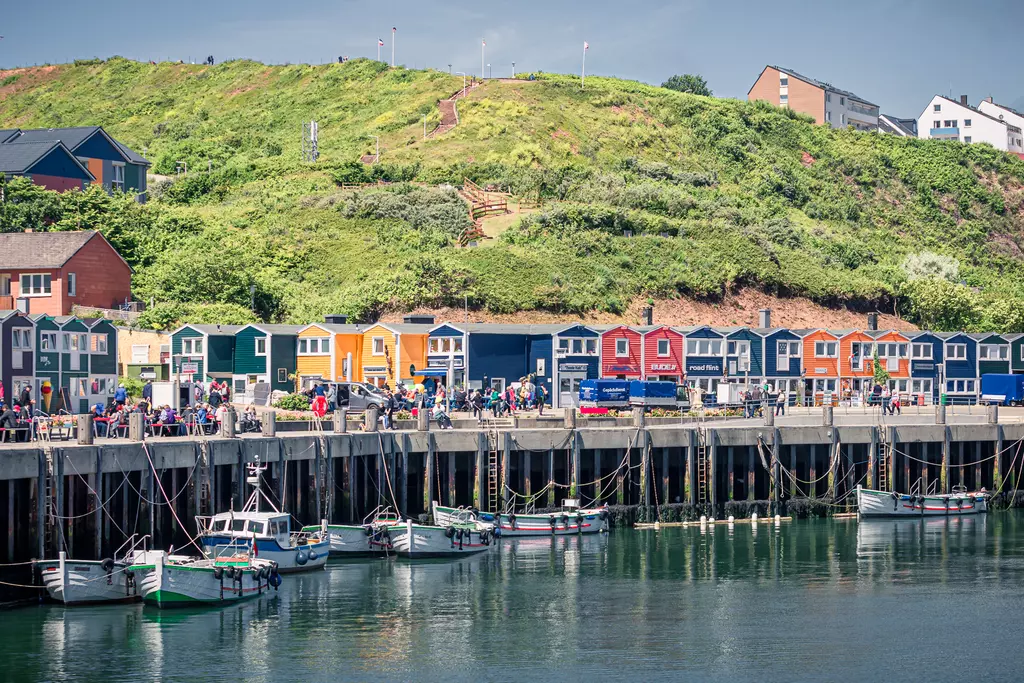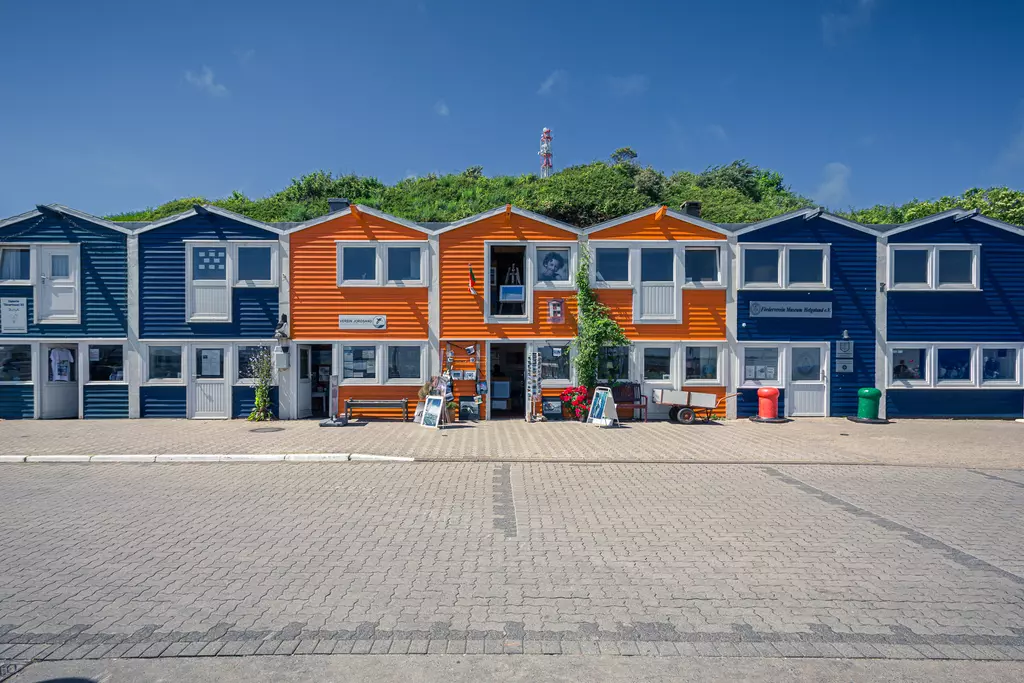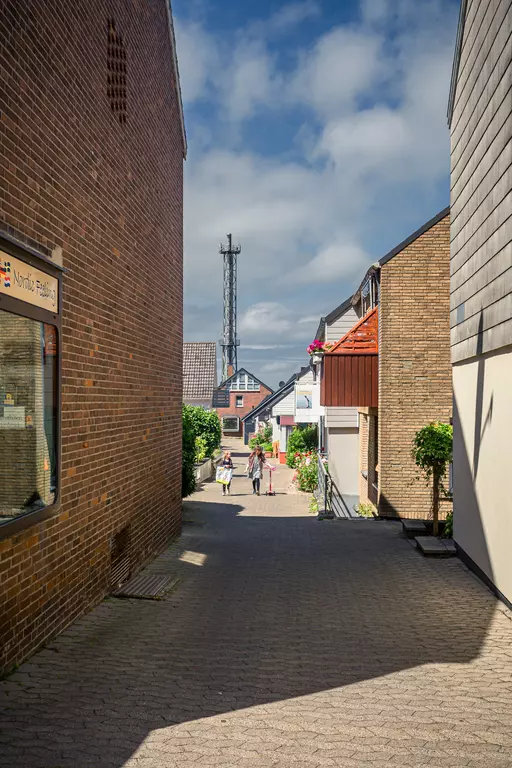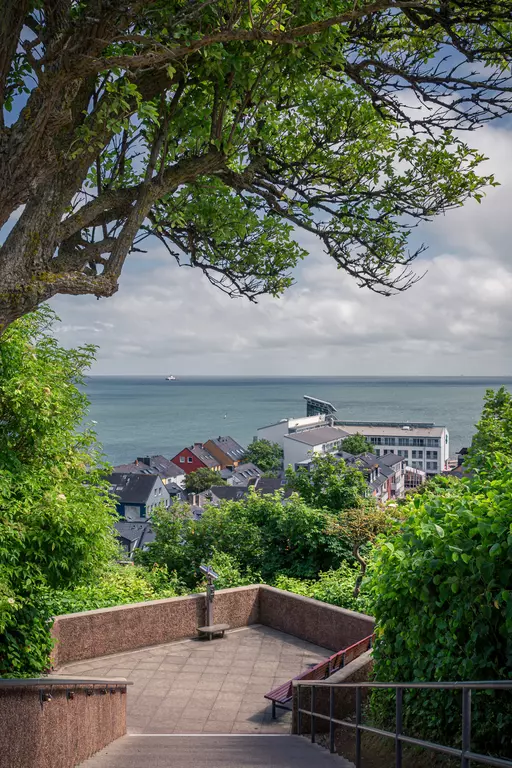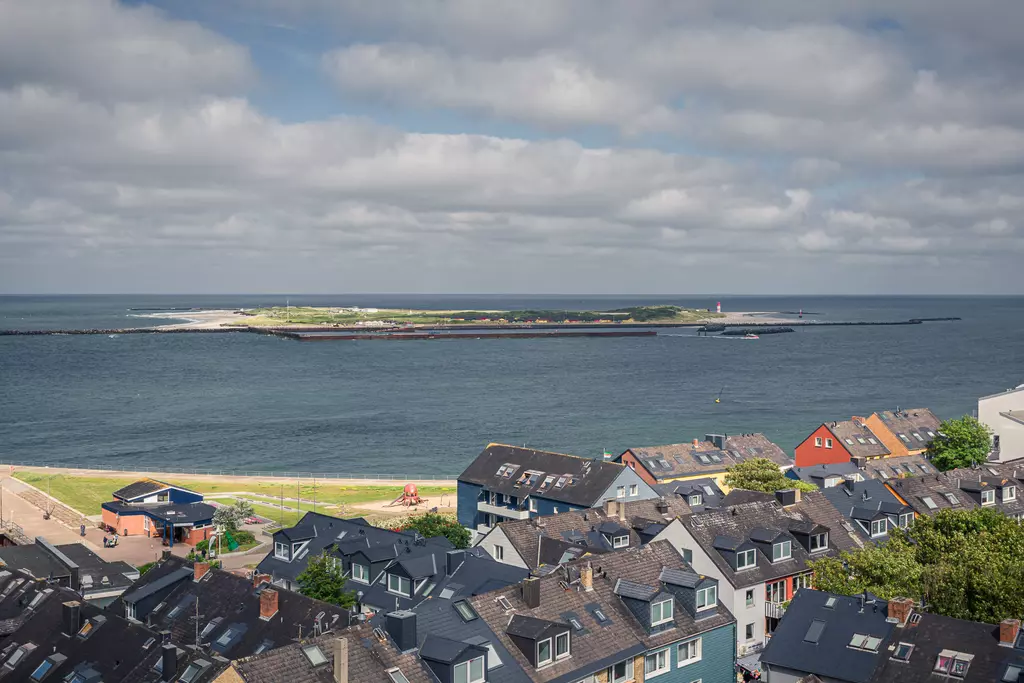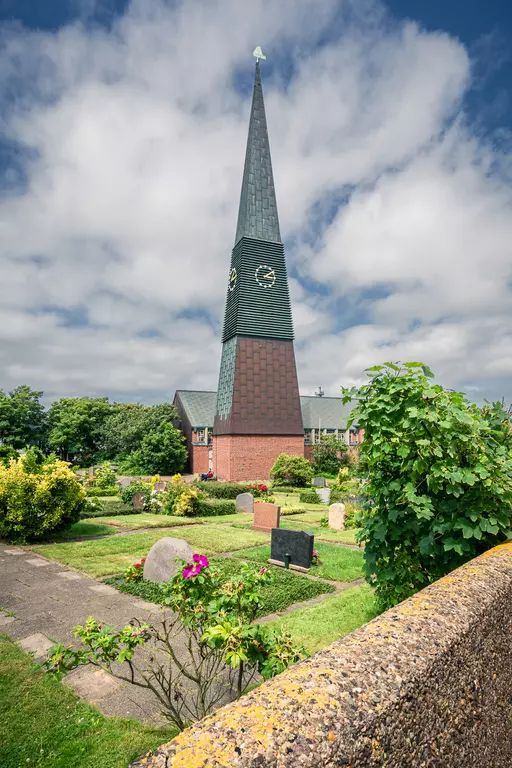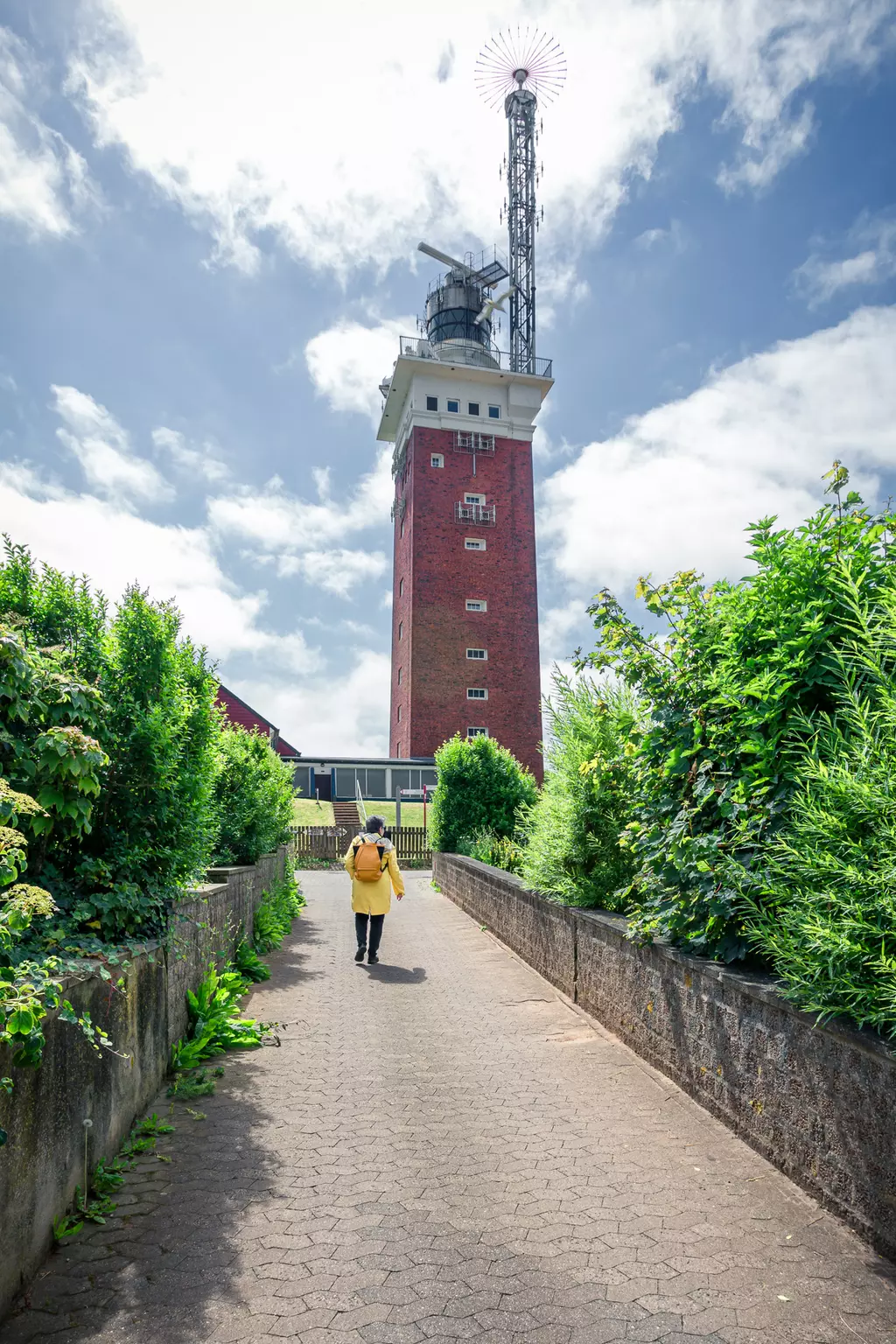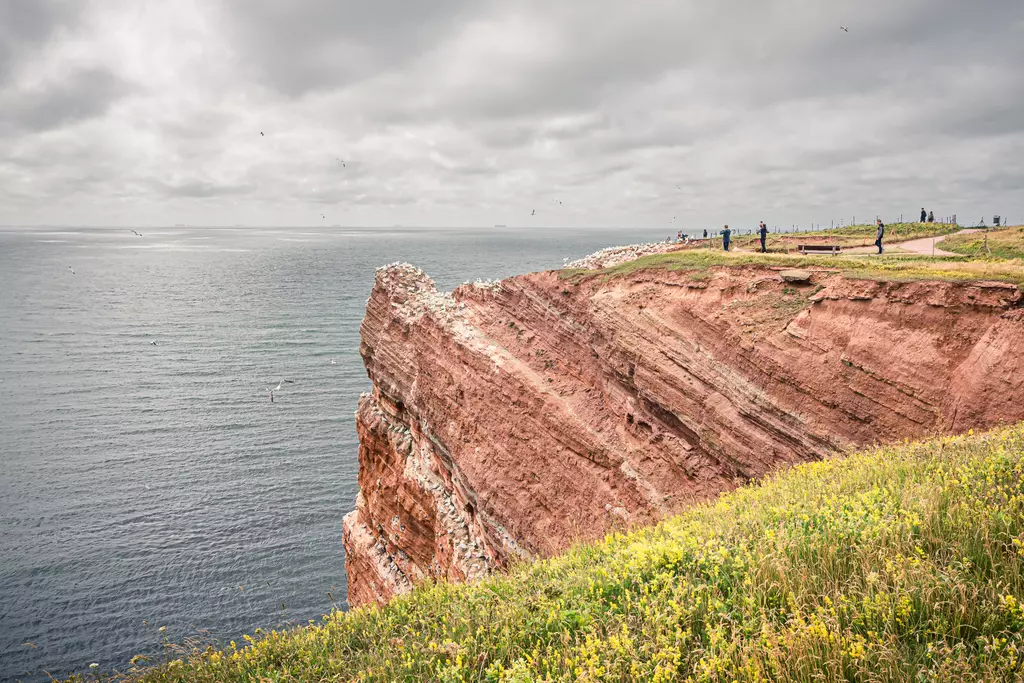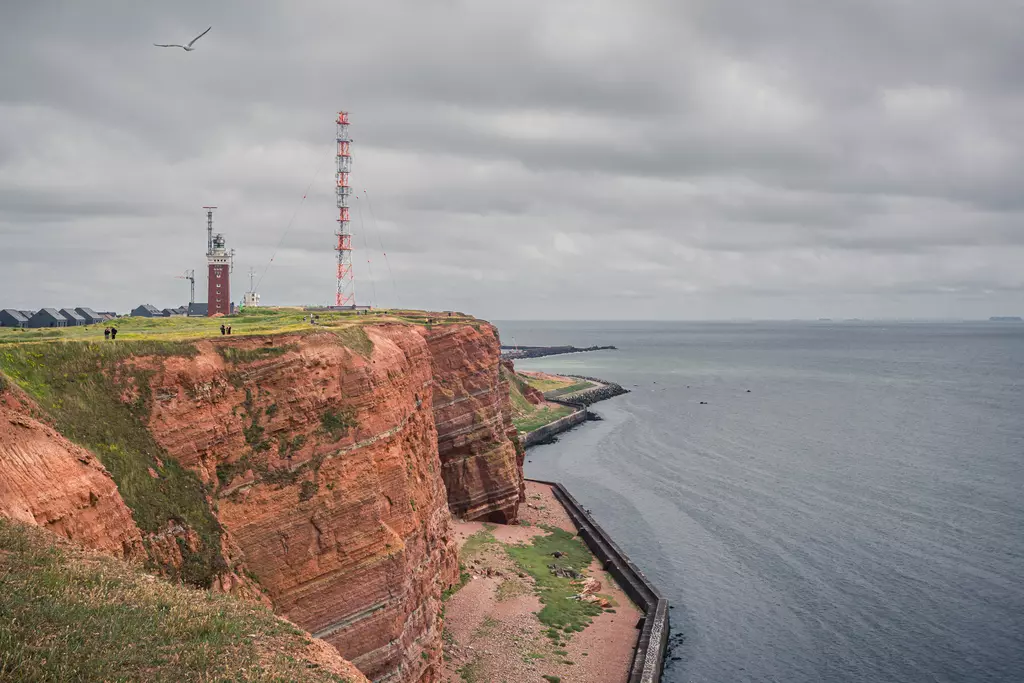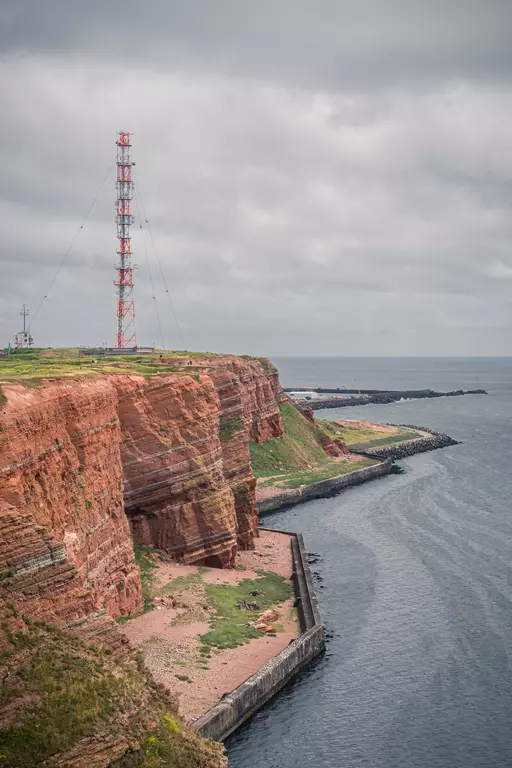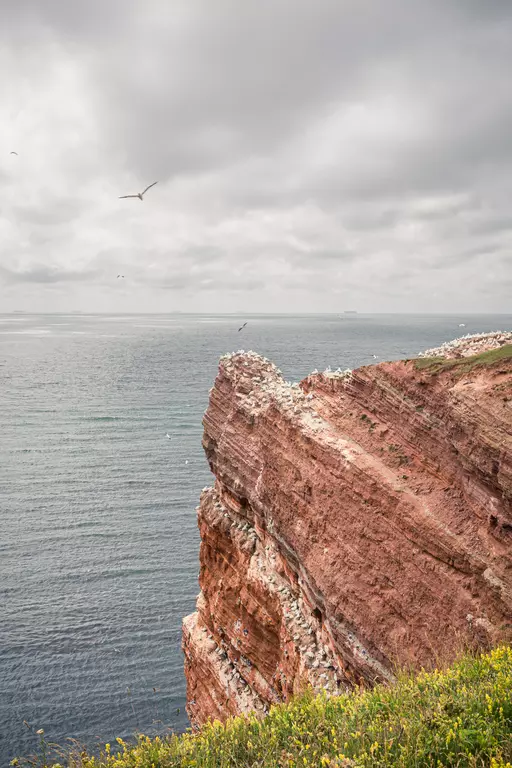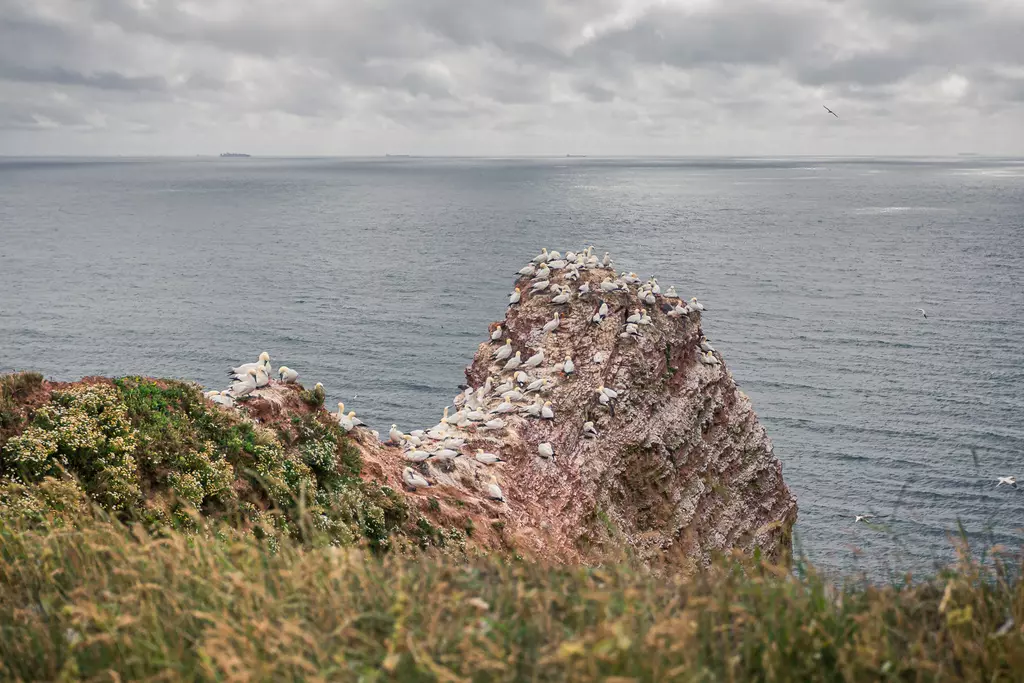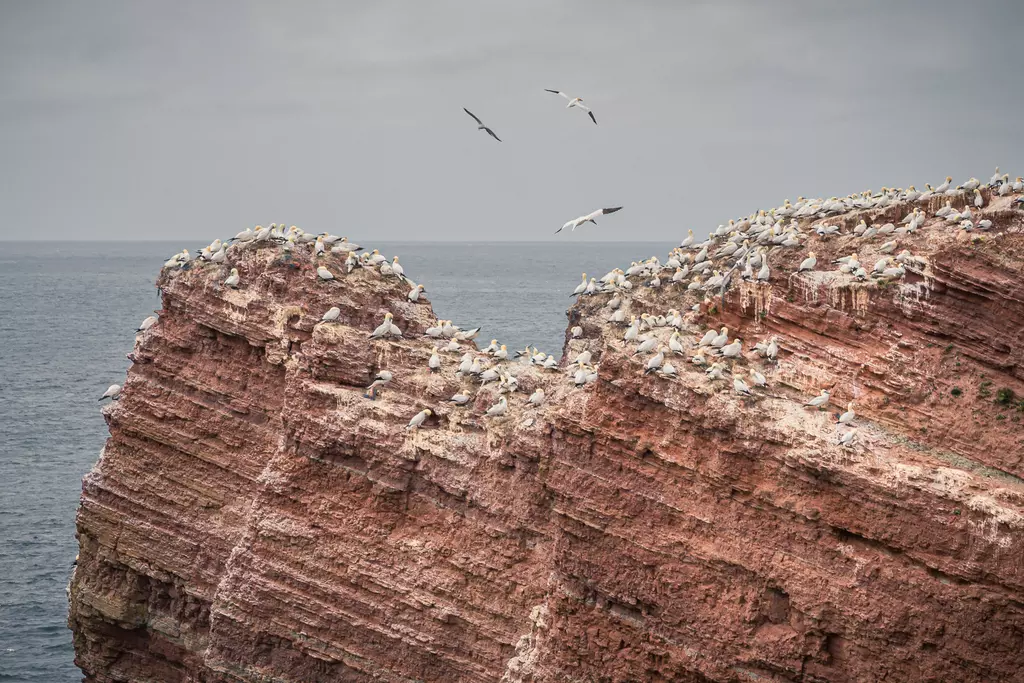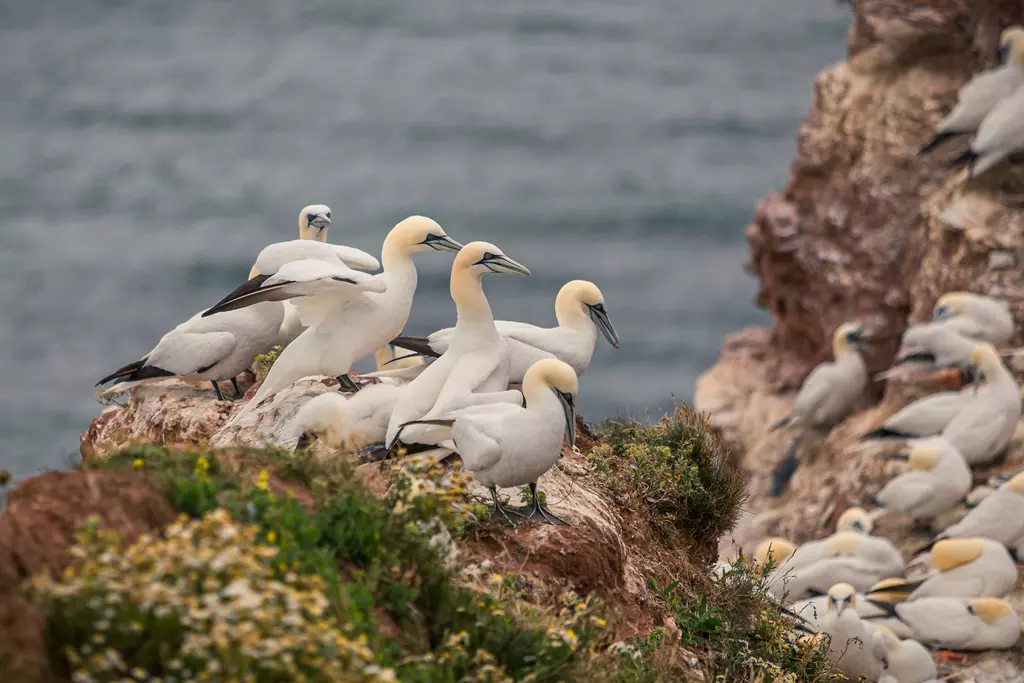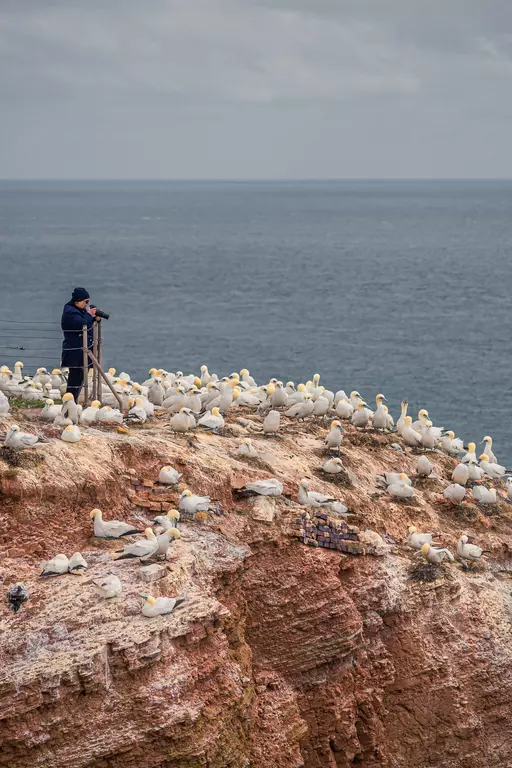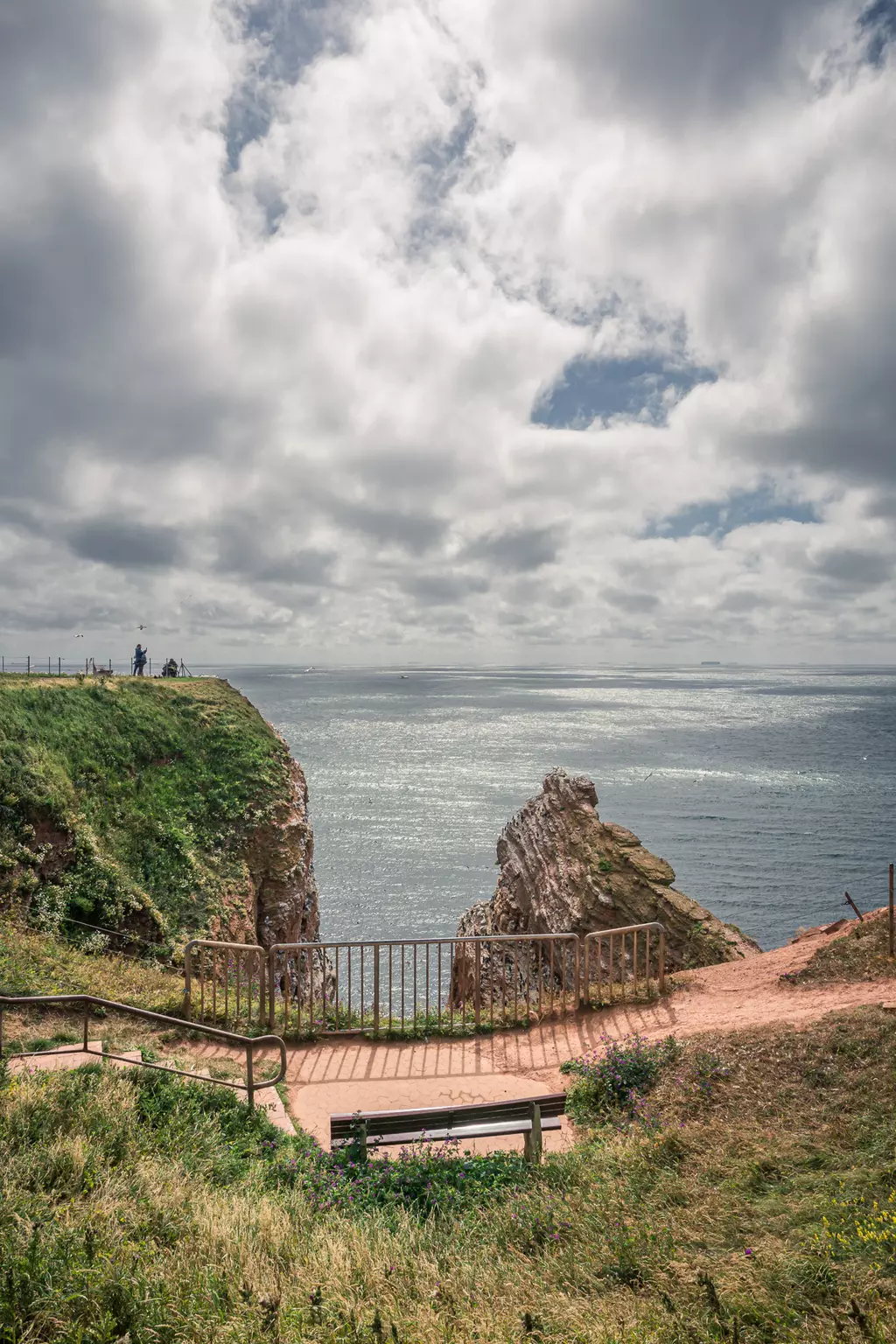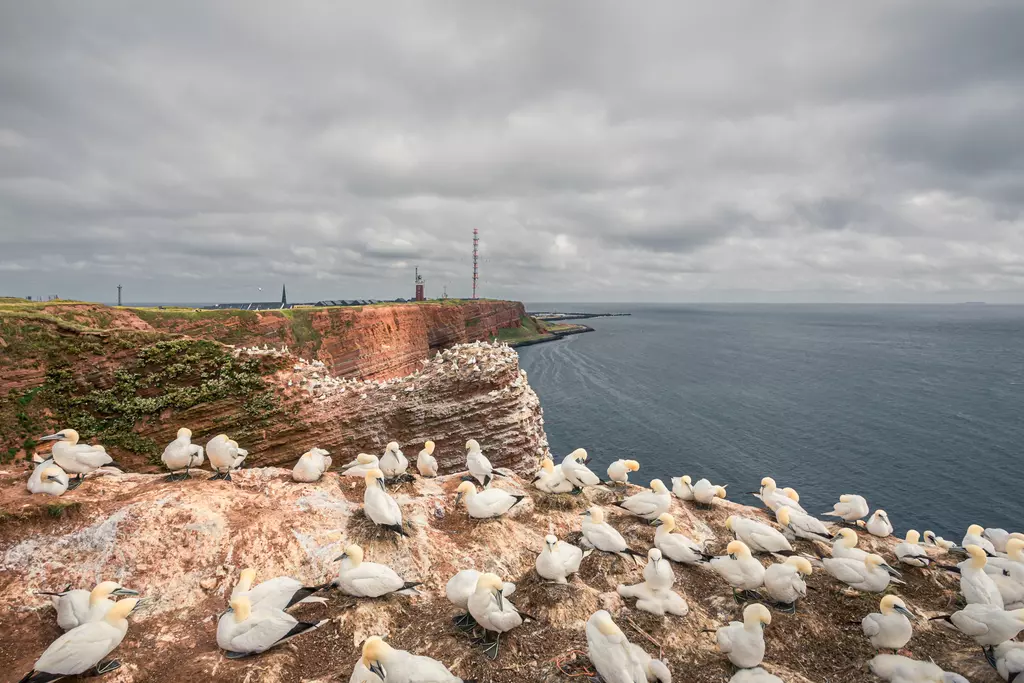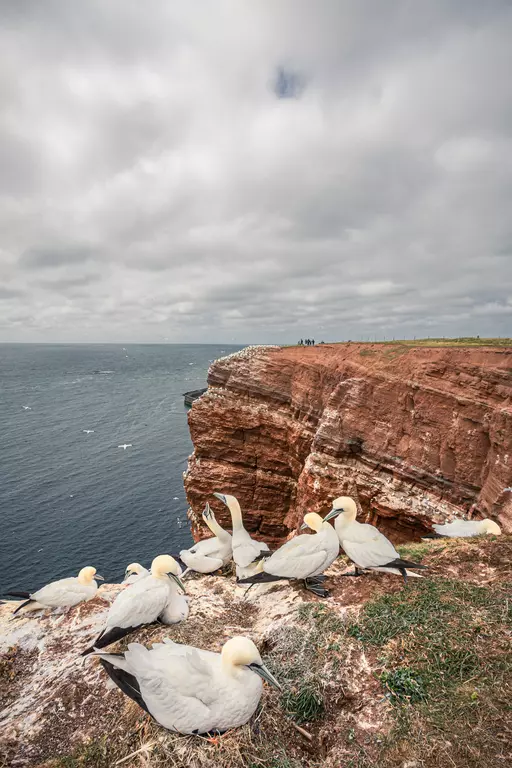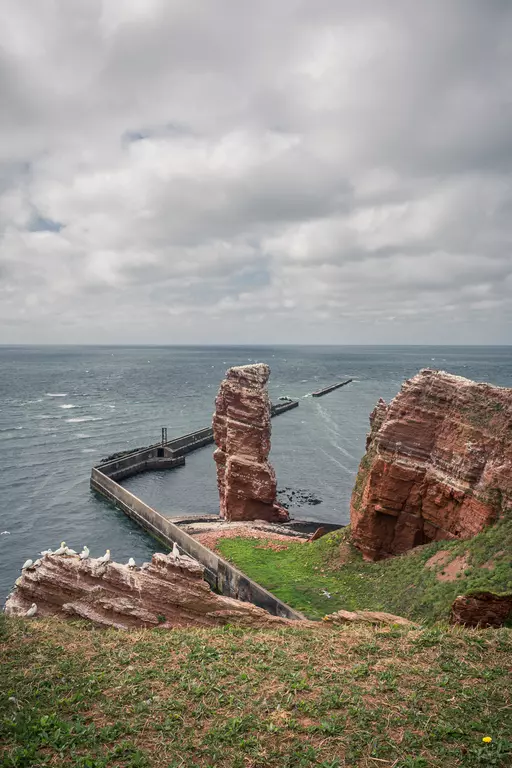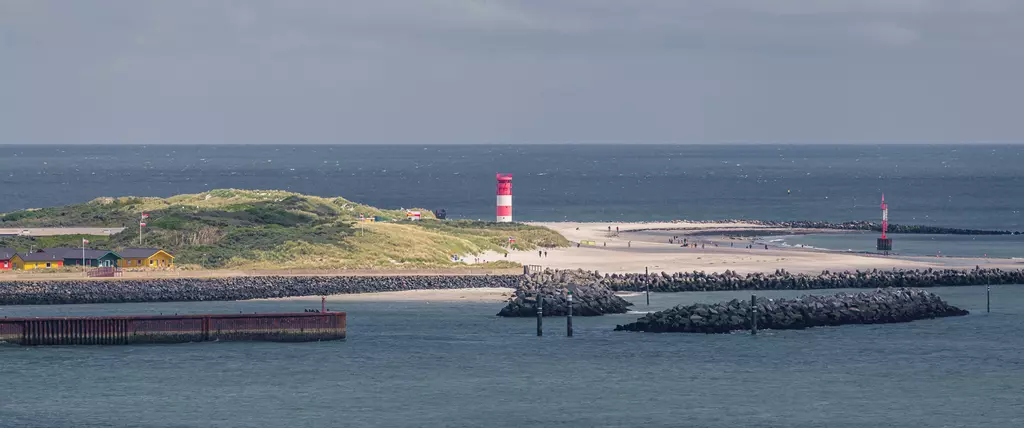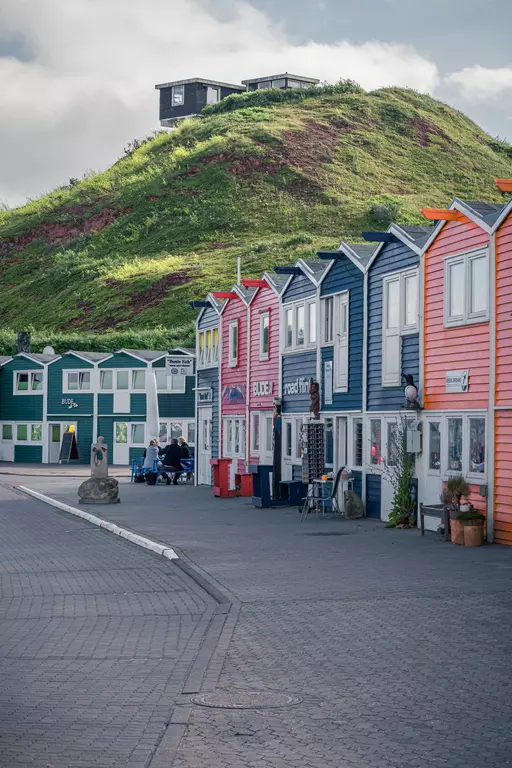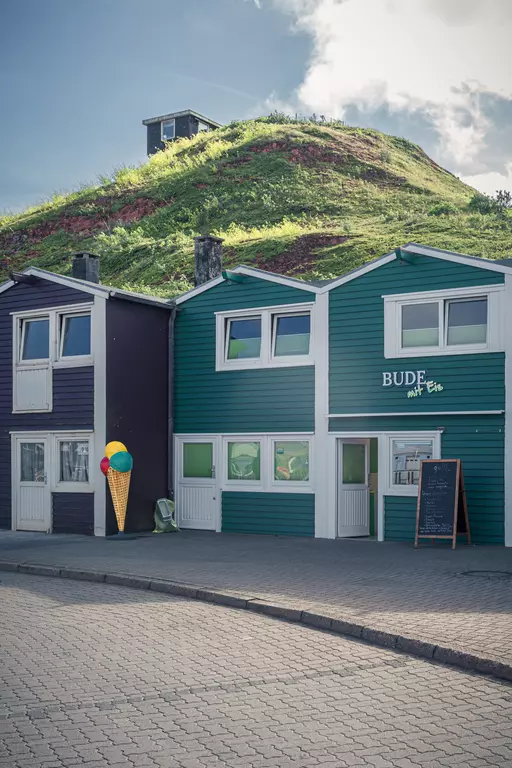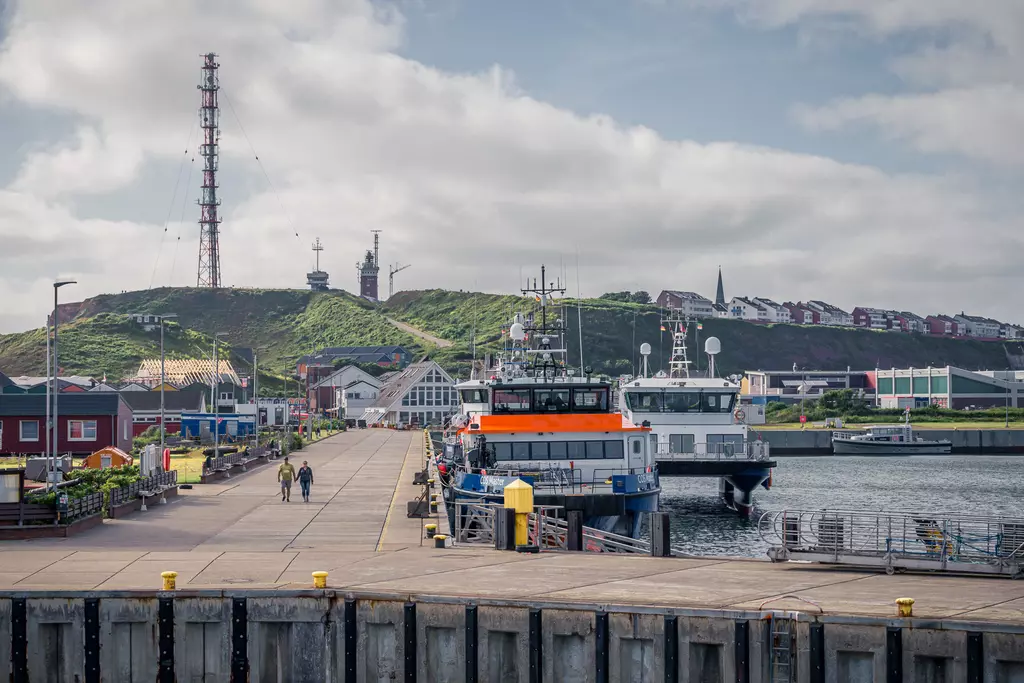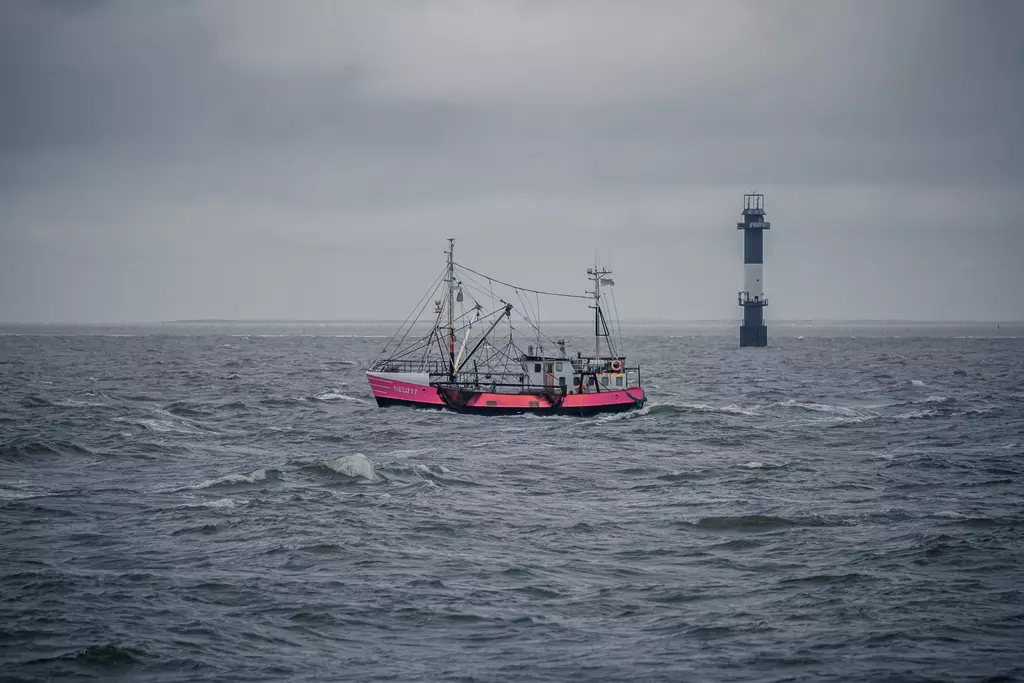Heligoland, Germany, July 2022
Heligoland, Germany, July 2022
Heligoland is Germany’s only true offshore island, rising from the North Sea like a rugged fortress. It is split into two levels: the Unterland, home to the harbor and the colorful lobster shacks, and the Oberland, where the best viewpoints await. Steep cliffs drop dramatically into the sea, and striking rock formations rise from the water. The most famous of them is "Lange Anna", a 47-meter-tall, freestanding rock that has bravely withstood wind and waves for decades—despite looking like it could topple over at any moment.
The island is also a paradise for birds—and for those who love watching them. Along the red sandstone cliffs, patient birdwatchers, armed with impressive camera gear, quietly observe northern gannets and seagulls. The birds don’t seem to mind, but what do I know? My ornithological expertise doesn’t go much beyond distinguishing between “big bird” and “small bird.”
Time passes quickly on the island. There’s plenty to see on Heligoland, but all too soon, the ship departs again. The cliffs, the rocks, the colorful huts fade into the distance—until only the sea remains.

